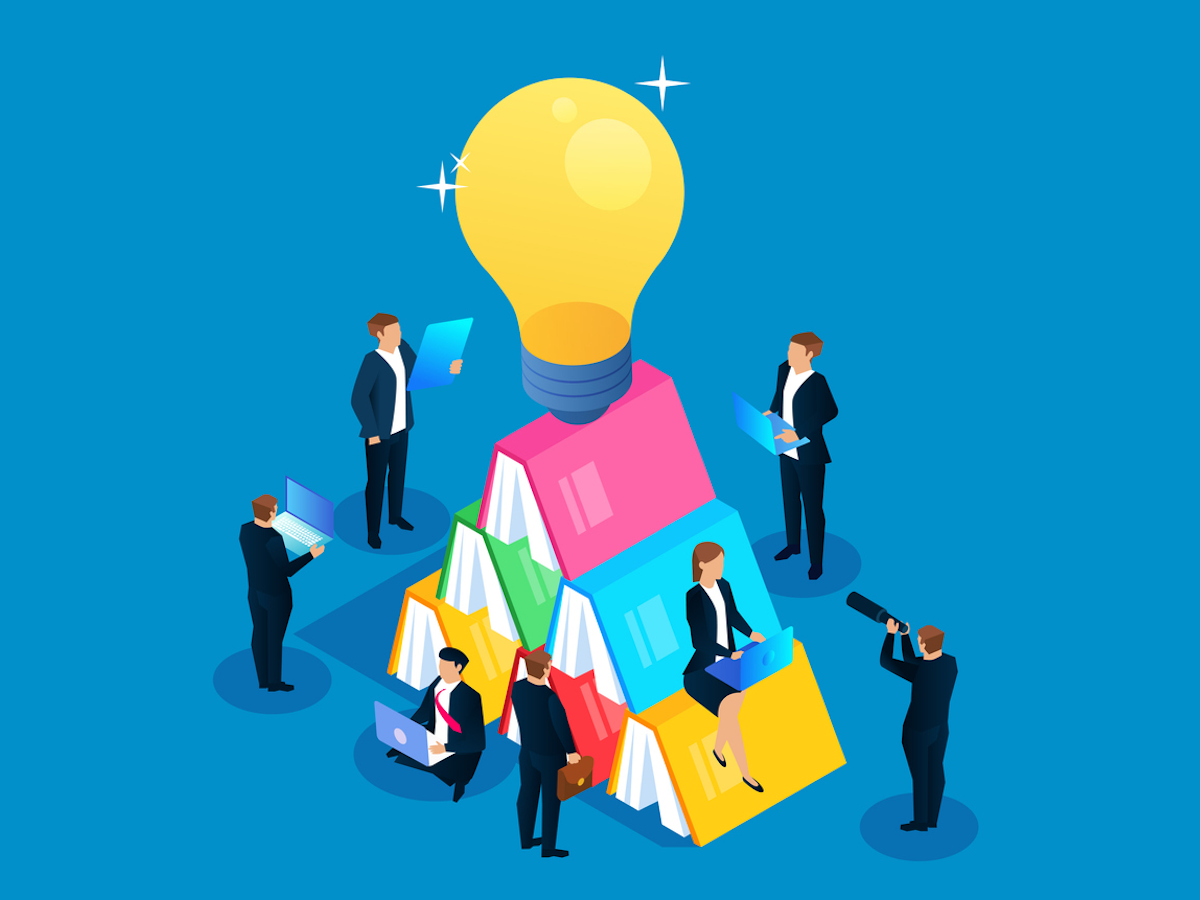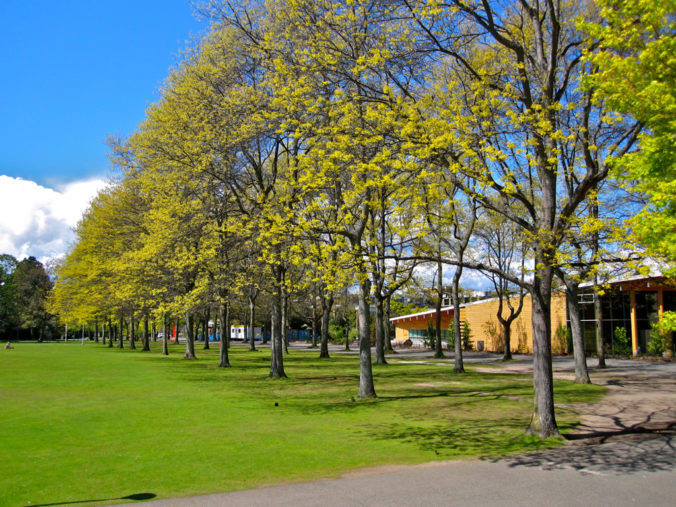- How does your PLN help to engage business, career opportunities, and relationships?
With the help of social media, your PLN doesn’t have to be limited to just your area of living anymore it can be worldwide. This helps in opening up job opportunities and also contributes greatly when it comes to business ideas as you’re engaging with people all around the world with different cultures and backgrounds. If you’re trying to sell a product for example this might help you make your product attractive to a larger market.
- How can you take your PLN from the local community to the global community?
No matter how small your PLN is at the start you are able to use the smallest and weakest connections you have and engage with the connection’s connections and are able to broaden your PLN as time goes by. Especially with social media as I have mentioned before.
- How can you network with a world view but focus on local impact at the same time?
For example, if you’re a Canadian trying to sell a product locally and your PLN only consists of other Canadians you would most probably only be successful in making this product appealing to other Canadians. But this country is filled with people from different backgrounds and races and having a PLN that connects you with people all over the world helps you get ideas on how to make this particular product attractive to a much larger market.
- Can your PLN be used to help professional development post-course and could it be relied on to open professional opportunities?
This course consists of people who are in multiple different faculties. If there is a student here for example in their first year who is still trying to figure out what subject he/she does or does not like and they have this opportunity to connect with other people in this course who are not only in different faculties but also could be in different years of their degree they are able to make connections with them and get advice on courses that he/she is planning to do.
It also depends on how much effort you’re going to put to maintaining these connections post-course.
A person is allowed to have weak and strong ties depending on what they’re interested in at that point in time. If a person is planning to switch degree programs/careers in the future having a broad PLN with people in different fields of study/ work would make the transition easier as you have someone to get advice from.





Recent Comments